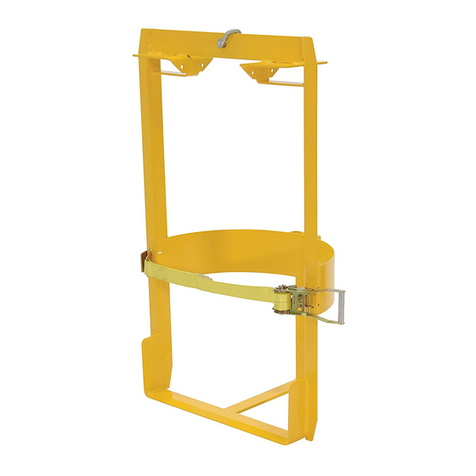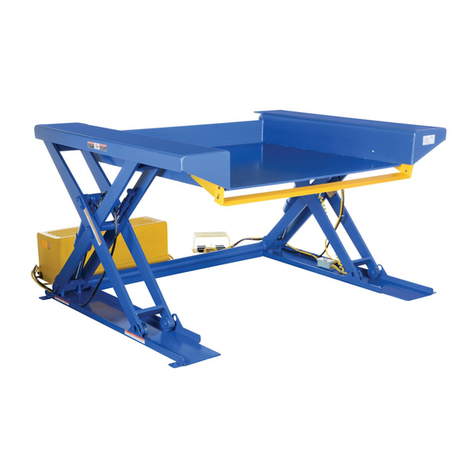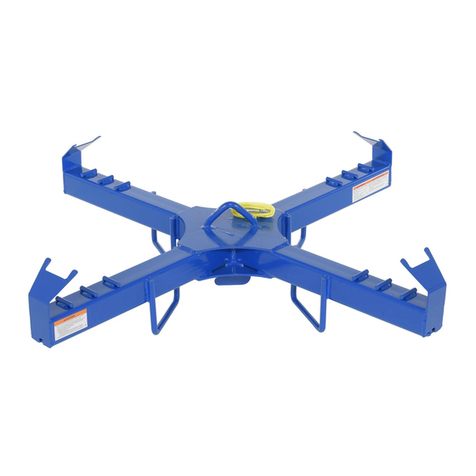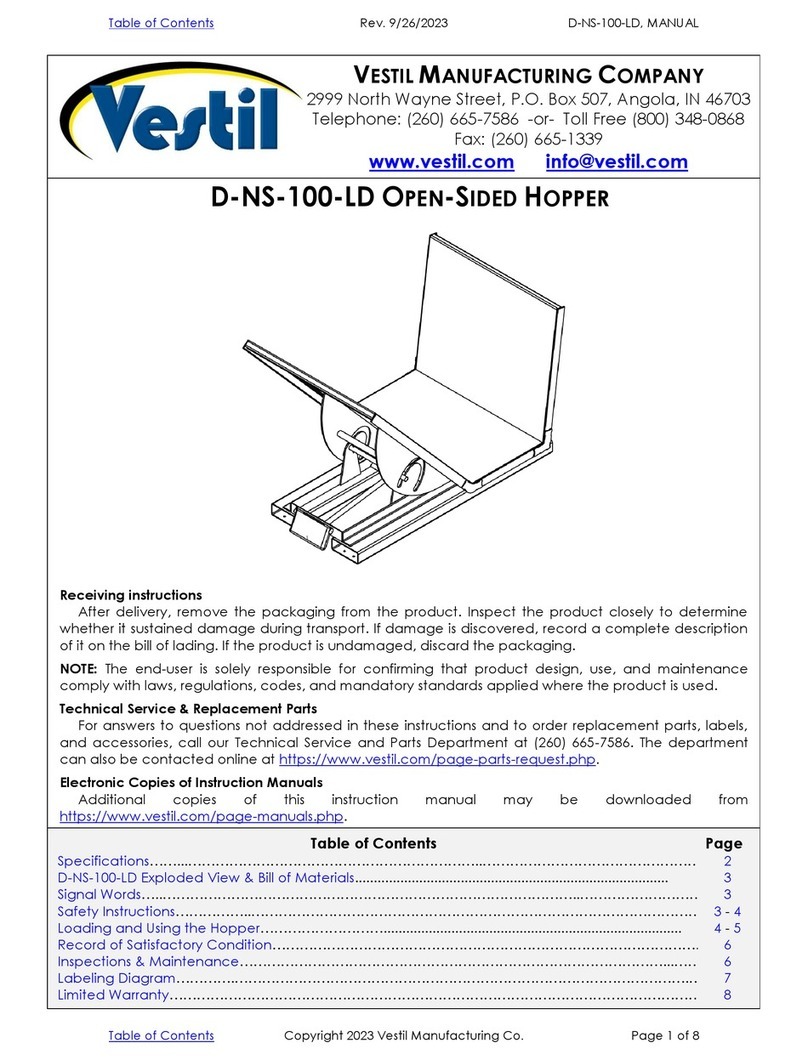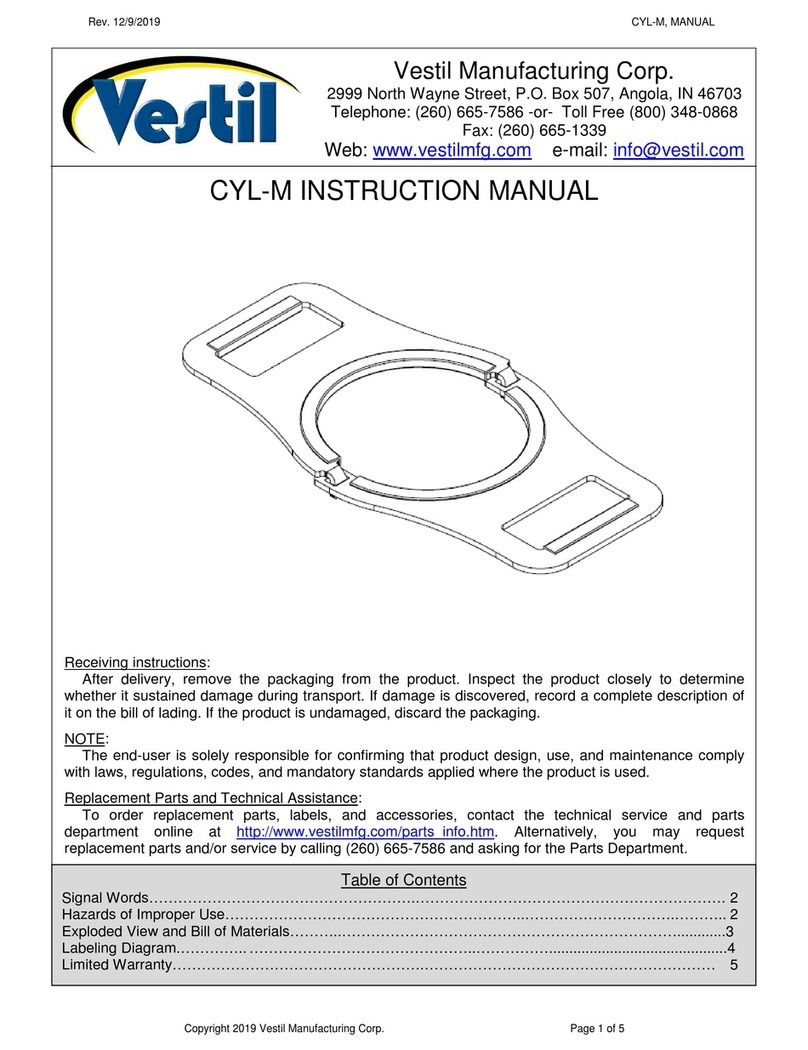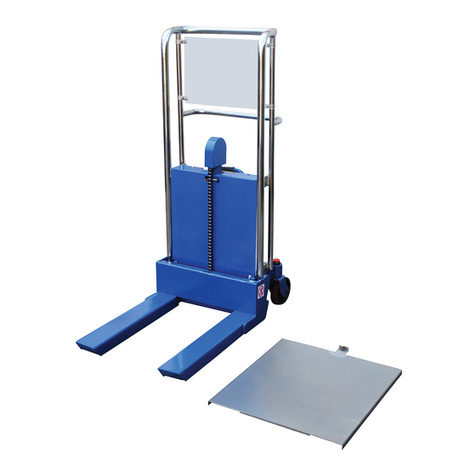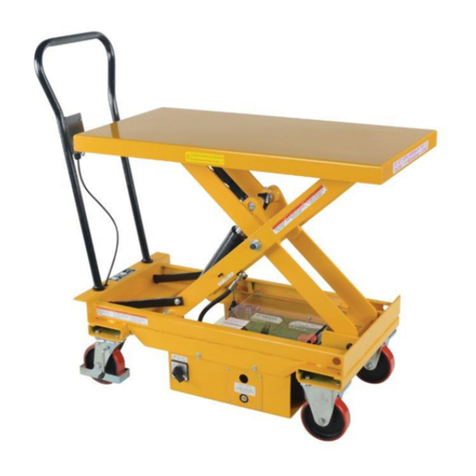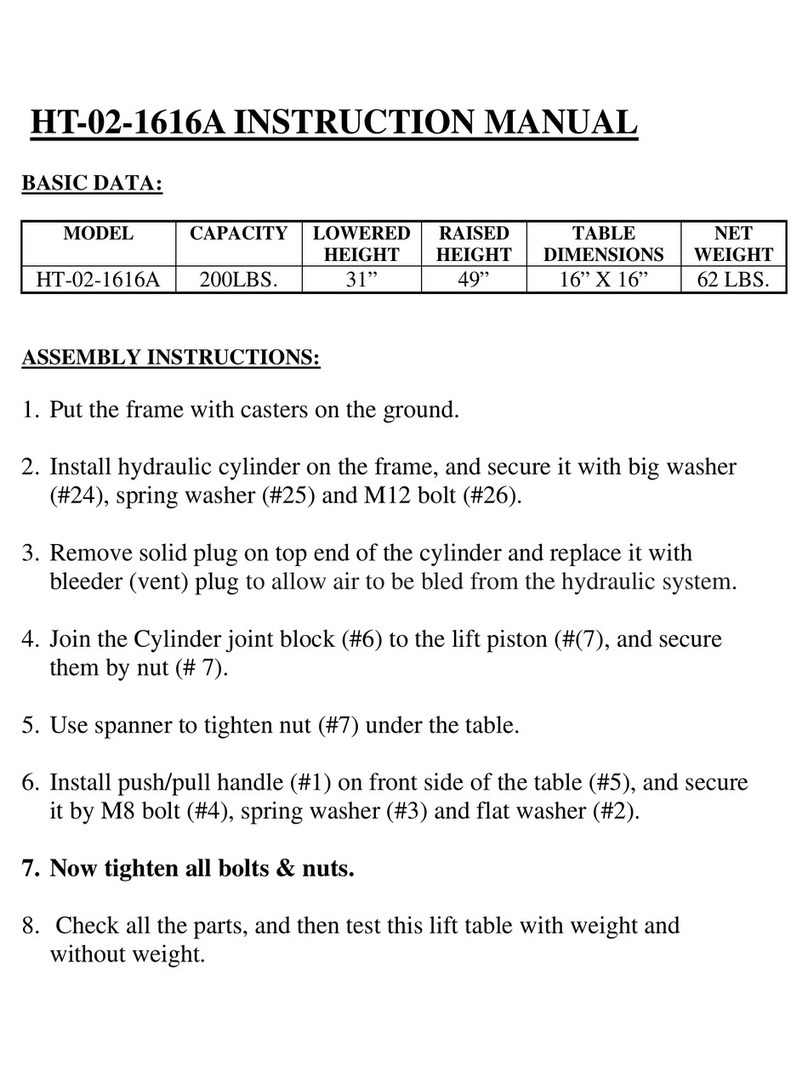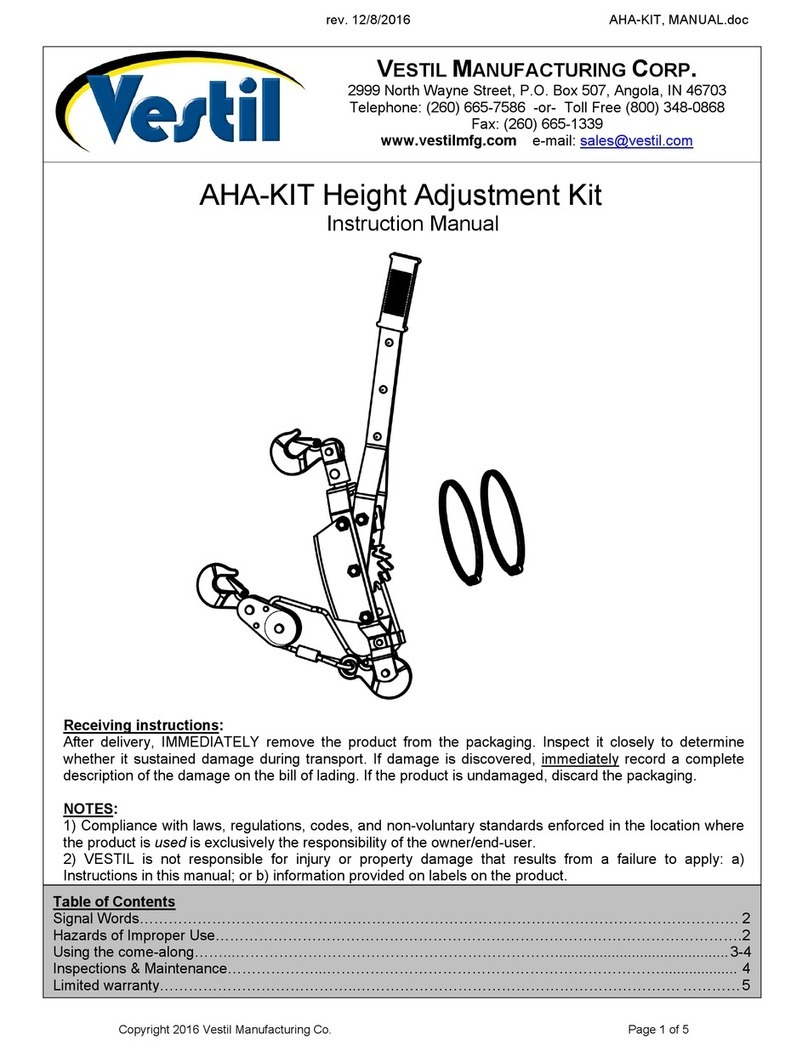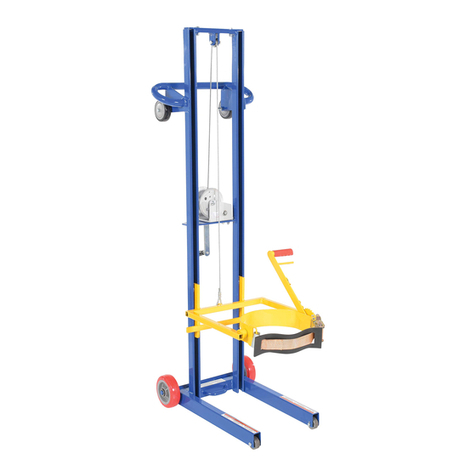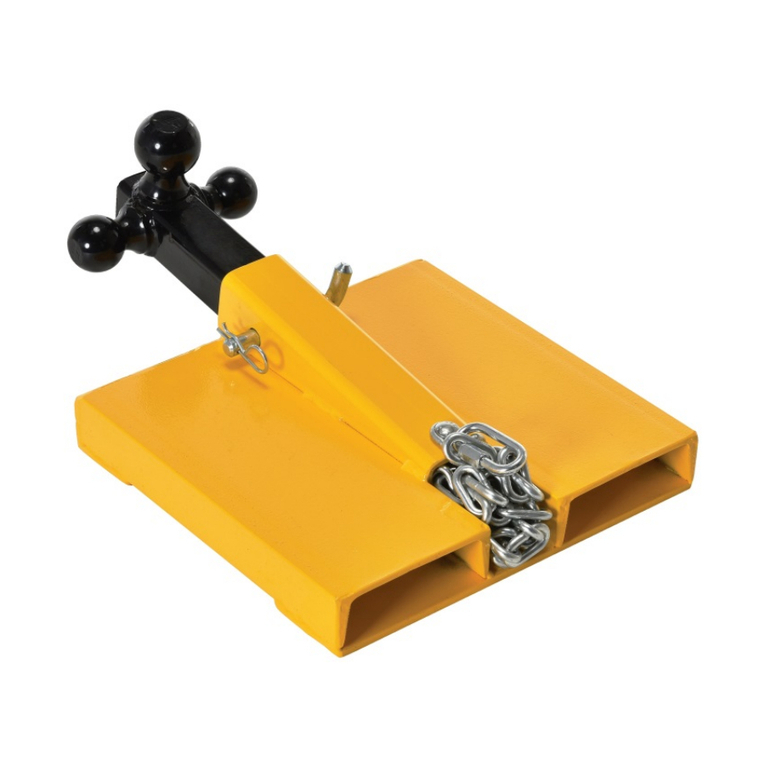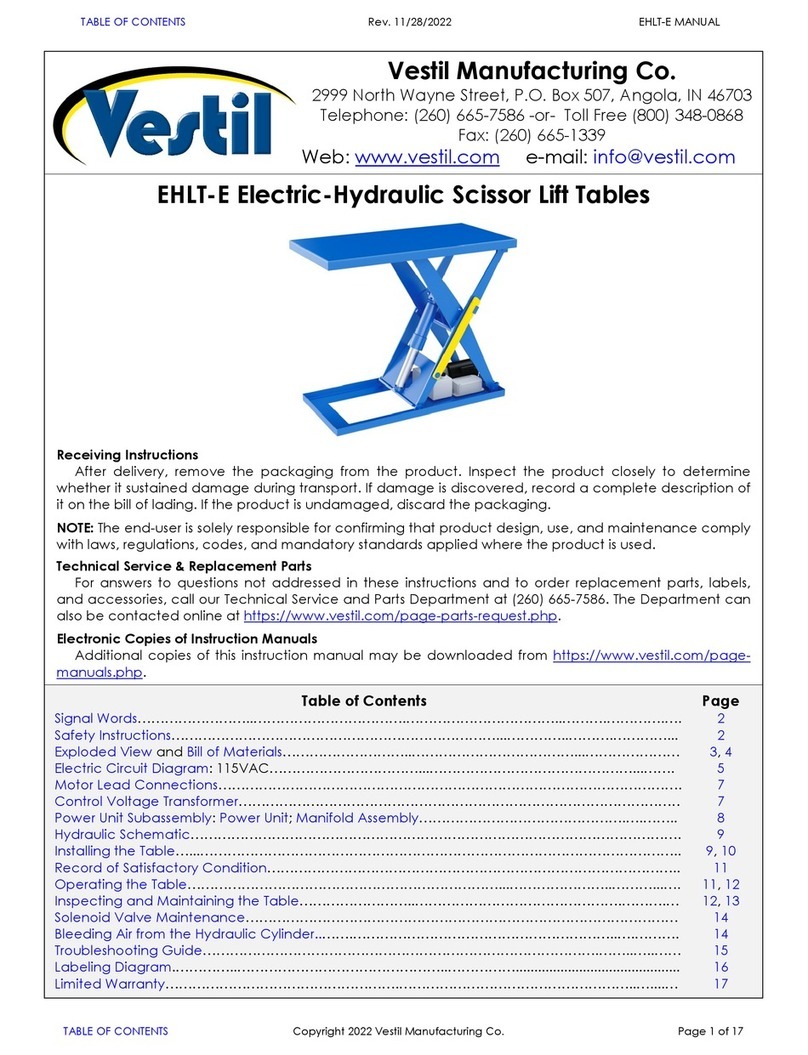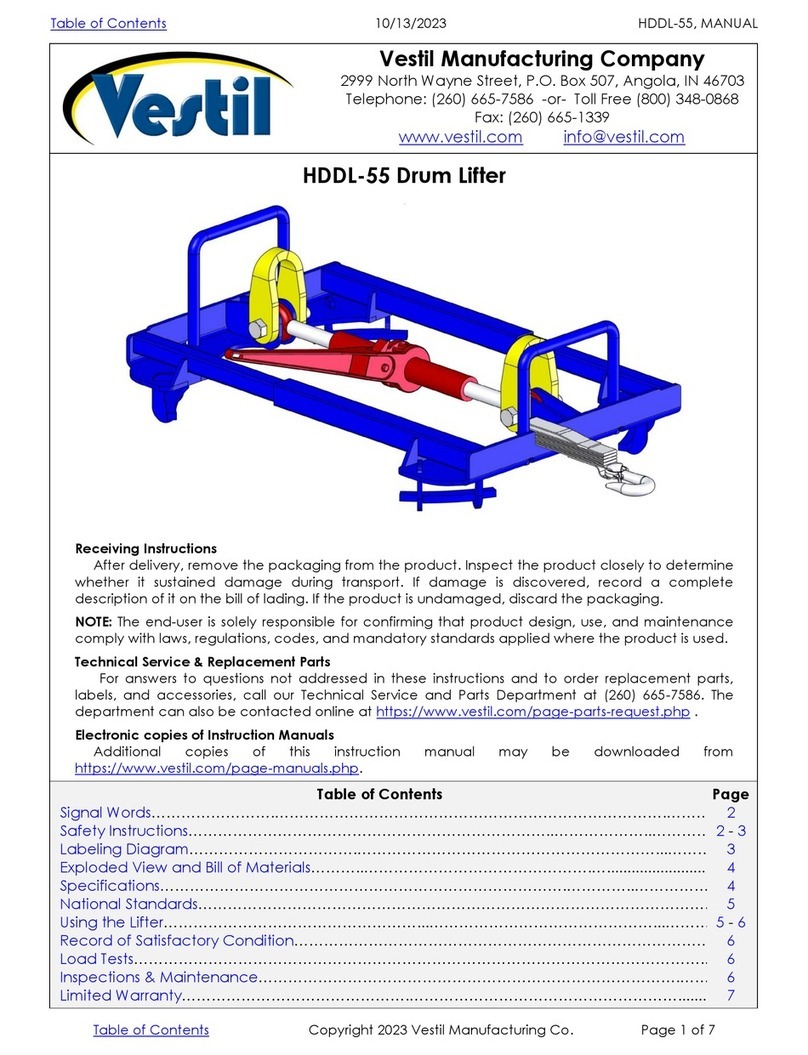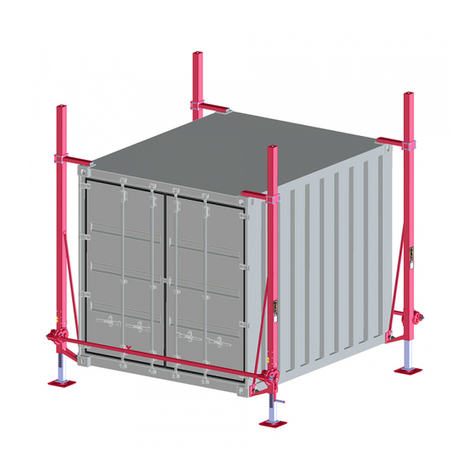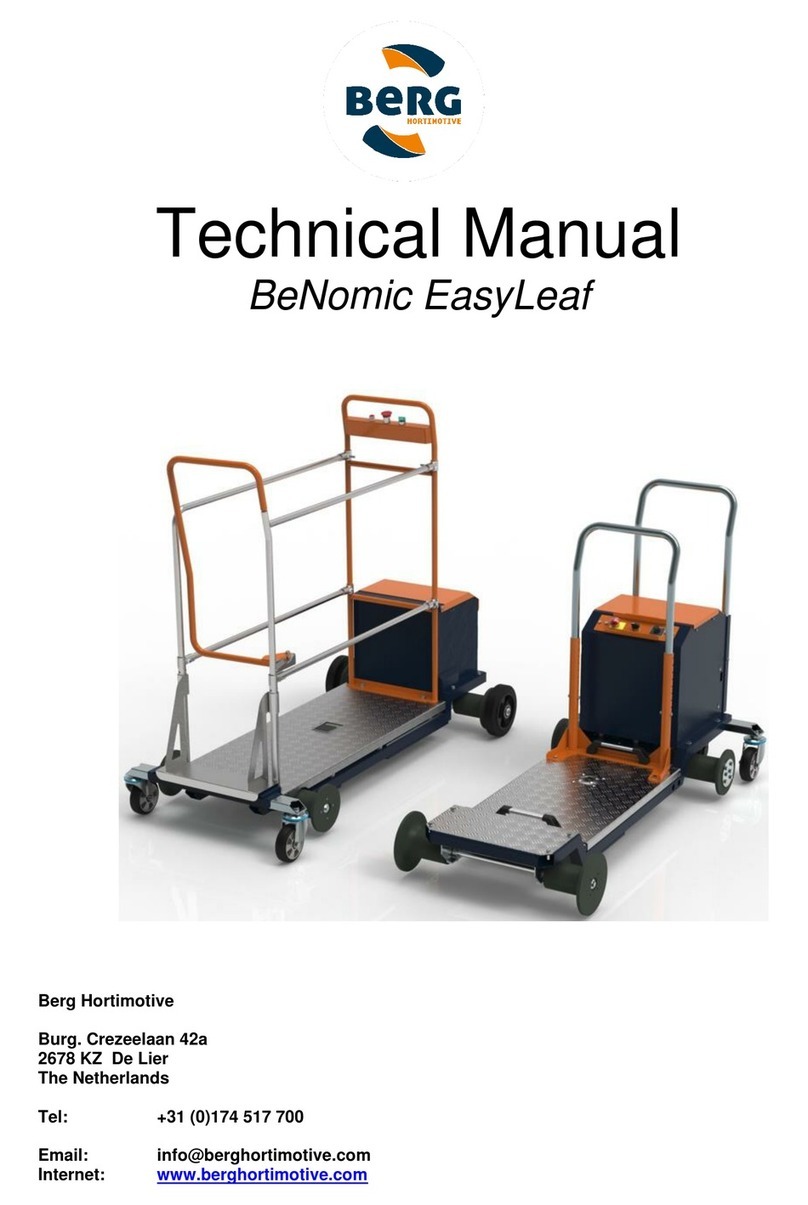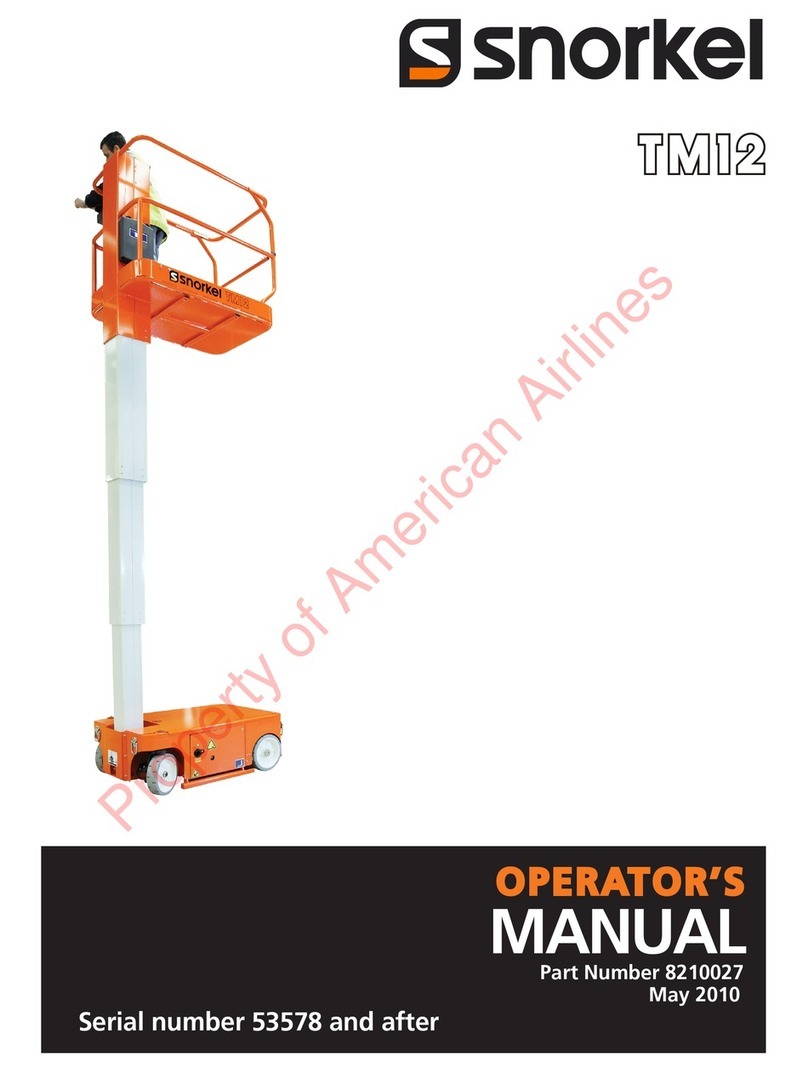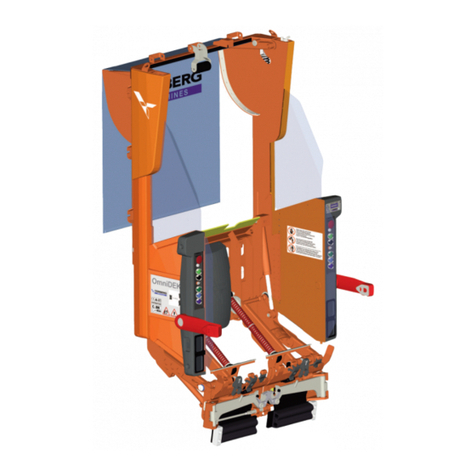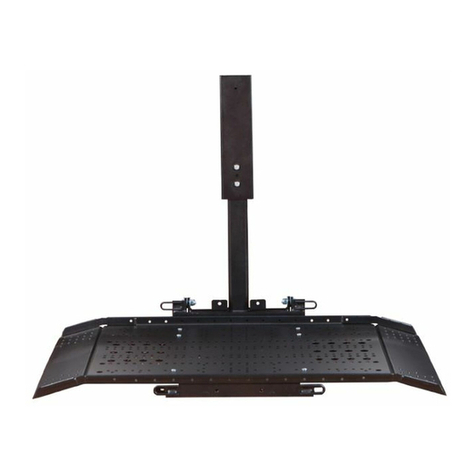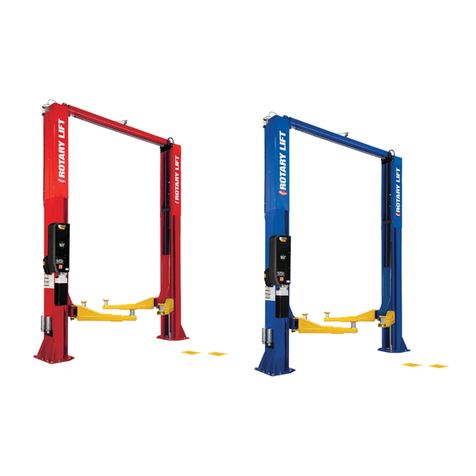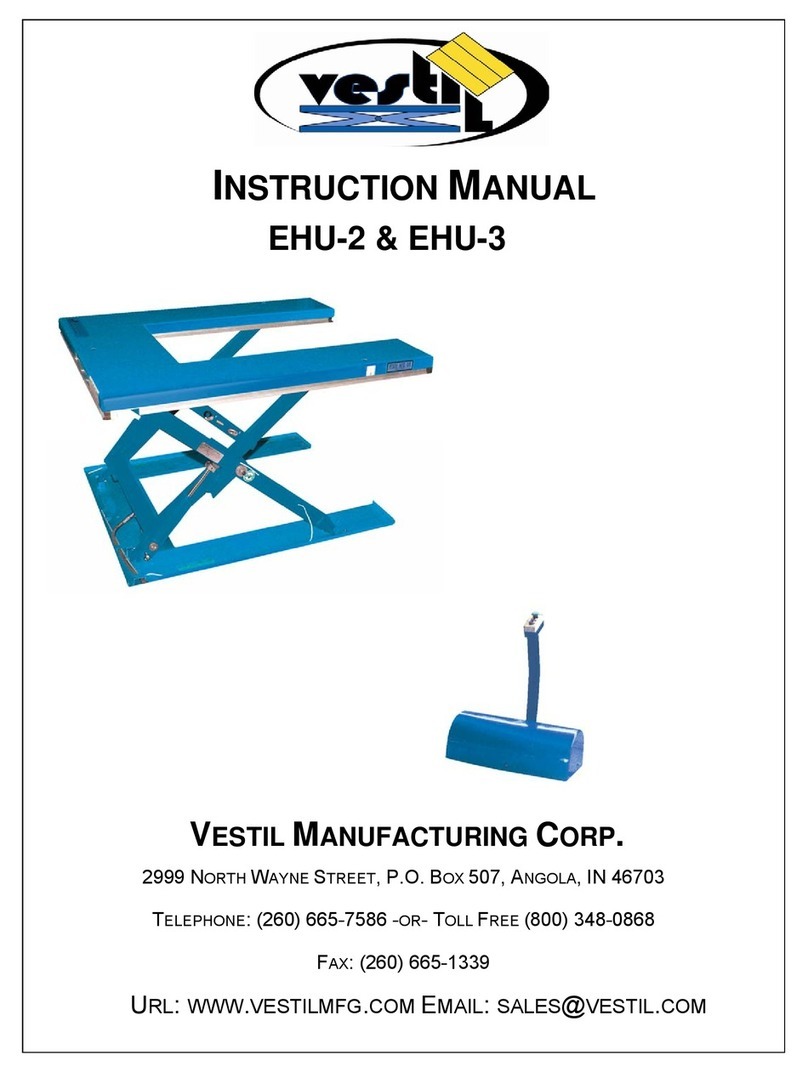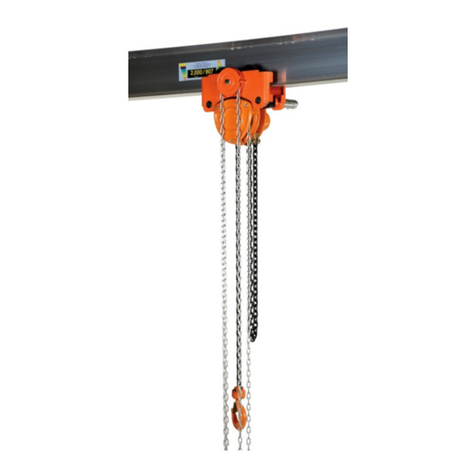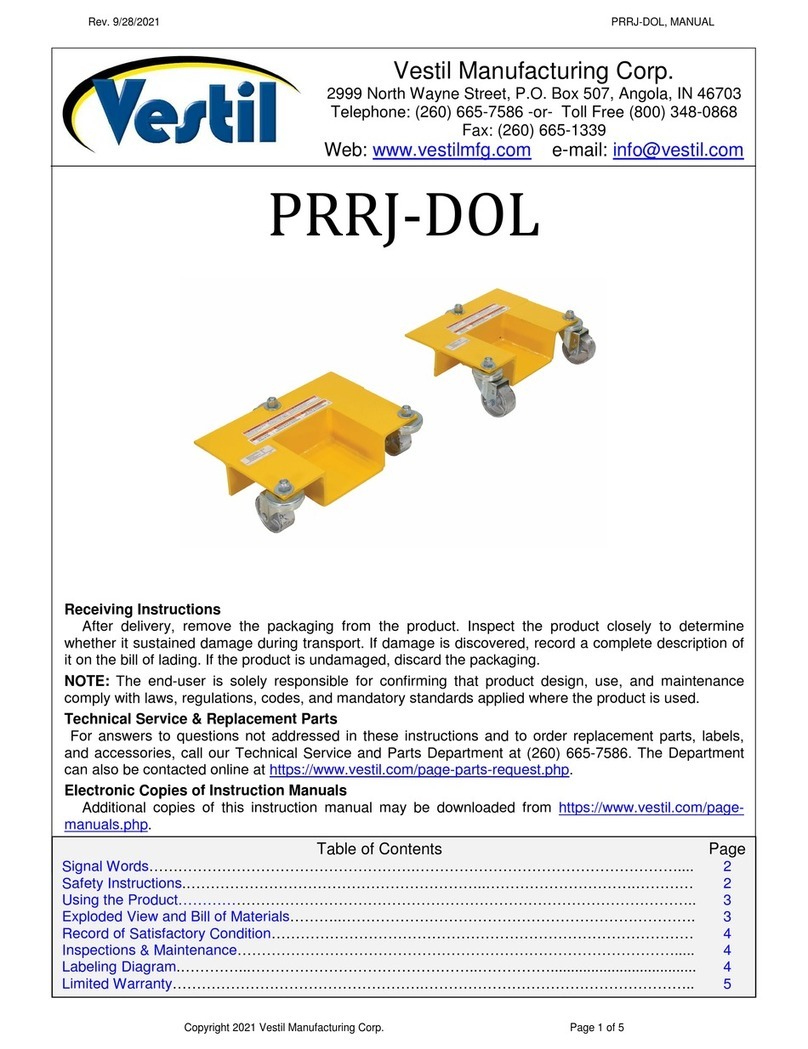
Table of Contents Rev. 8/15/2023 LLPH MANUAL
Table of Contents Copyright 2020 Vestil Manufacturing Co. Page 4of 29
SIGNAL WORDS
SIGNAL WORDS appear in this manual to draw the reader’s attention to important safety-related
messages. The following are signal words used in this manual and their definitions.
SAFETY INSTRUCTIONS
Vestil strives to identify foreseeable hazards associated with the use of its products, but no manual can
address every conceivable risk. Minimize the likelihood of injury by observing the hazards identified below
and by inspecting and maintaining the product as instructed in INSPECTIONS & MAINTNENANCE on p. 20.
WARNING
Risks of serious personal injuries or death.
Always apply material handling techniques learned during training and use the product properly.
Read and understand the entire manual before assembling, using or servicing the product.
Inspect the lifter as directed in the INSPECTIONS & MAINTENANCE instructions on p. 20. DO NOT use the
lifter unless it is in satisfactory condition. See RECORD OF SATISFACTORY CONDITION, p. 20.
ALWAYS inspect the area where the lifter will be used before using it.
Regardless of whether the lifter is loaded or unloaded, DO NOT stand or travel under the deck.
Instruct others to stay clear of the device and the supported load during operation.
Avoid contact with moving parts. In particular, avoid contact with the cable, deck, wheels & rollers.
DO NOT allow people to ride on the lifter.
Failure to properly position a load on the deck might result in injury:
1. DO NOT exceed the maximum rated load (capacity). The rated load appears on label 287 as shown
in LABELING DIAGRAM on p. 28. Also see applicable SPECIFICATIONS on p. 2 or 3.
2. Center & evenly distribute loads. DO NOT handle off-center loads or loads that cannot be centered.
3. Start & stop gradually to avoid upsetting the load on the deck. Strap loads to the deck if they might
roll or slide.
4. NEVER tilt the lifter while carrying a load. All wheels and casters must maintain contact with the
ground when a load is on the deck.
ALWAYS observe the deck while raising and lowering it. The deck should rise smoothly and evenly from
side-to-side. Watch for binding or jerky movement and listen for unusual noises. Tag the unit "Out of order"
and do not use it if you observe anything abnormal.
Only use this lifter on even, level ground. DO NOT transport loads over inclines or stairs.
Enlist a coworker to help you lift, load, and unload the unit whenever necessary.
DO NOT perform maintenance on this product UNLESS it is unloaded and the deck is lowered. If the unit
requires repairs, ONLY install manufacturer-approved replacement parts.
Before leaving the unit unattended, unload it and lower the deck.
DO NOT use the lifter UNLESS all labels are in place and readable. See LABELING DIAGRAM on p. 28.
DO NOT modify this product in any way. Modifying the lifter automatically voids the limited warranty and
might make it unsafe to use.
NATIONAL STANDARDS
This product is a manually propelled high lift truck. The Industrial Truck Standards Development
Foundation (ITSDF) publishes national standard ANSI/ITSDF B56.10 (the “Standard”) on its website
(www.itsdf.org). The standard is freely downloadable at http://www.itsdf.org/cue/b56-standards.html.
Before putting the unit into service, acquire a copy of the Standard and apply all recommendations in Part
II: For the User. If instructions provided in this manual conflict with instructions in the Standard, then you
should apply the instructions in the Standard. Vestil encourages you to immediately contact TECHNICAL
SERVICE to report any differences between instructions in this manual and the Standard.
Identifies a hazardous situation which, if not avoided, WILL result in DEATH or
SERIOUS INJURY. Use of this signal word is limited to the most extreme situations.
Identifies a hazardous situation which, if not avoided, COULD result in DEATH or
SERIOUS INJURY.
Indicates a hazardous situation which, if not avoided, COULD result in MINOR or
MODERATE injury.
Identifies practices likely to result in product/property damage, such as operation
that might damage the product.
